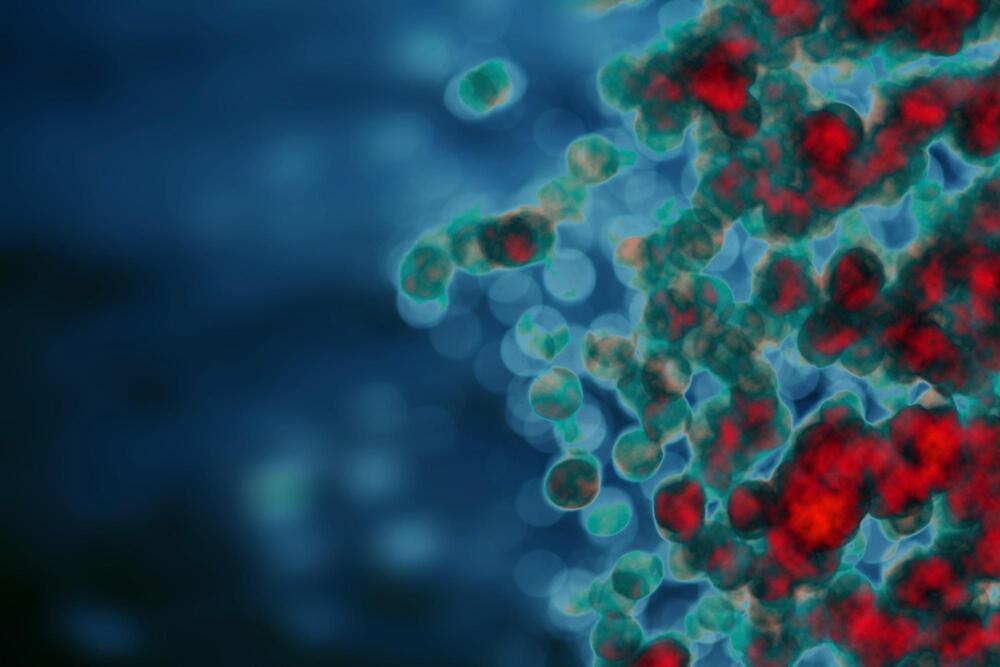
Indiana University School of Medicine researchers have uncovered compelling evidence that children with primary ciliary dyskinesia (PCD), a rare genetic disorder affecting airway function, are significantly more likely than children without PCD to have asthma. The findings, recently published in a JAMA Network Open research letter, highlight the importance of routine asthma screening for children with PCD and suggest some children with asthma may have undiagnosed PCD.
An estimated 1 in 10,000 to 30,000 people in the United States have PCD. It affects the microscopic, hair-like structures called cilia that line the airways and help clear mucus, leading to an increased risk of serious breathing problems and infections in people with the inherited condition.
“The connection between PCD and asthma has not previously received much attention,” said Benjamin Gaston, MD, the Billie Lou Wood Professor of Pediatrics at the IU School of Medicine, who co-led the study. “Our data analysis revealed an undeniable link, showing children with PCD were 22 times more likely to have asthma compared to children without PCD characteristics.”

















